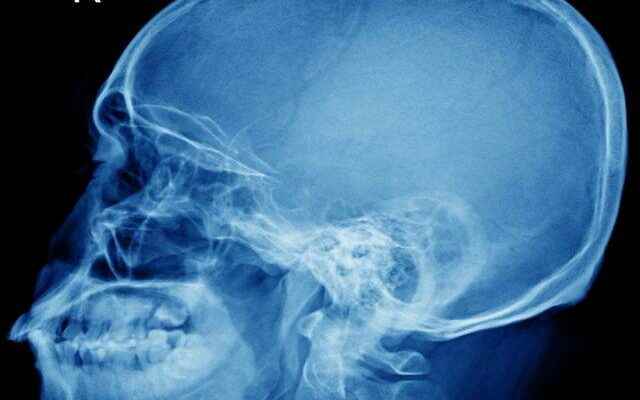Physiotherapist Gülşah Konakoğlu, as a result of her research for her doctoral thesis, has obtained findings that there may be a new connection between the vagus, the longest nerve in the body, which provides the connection between the brain and the internal organs, and the corticospinal pathways that control motor movements in the brain.
It is thought that the vagus, which enables the organs to work more healthily and regularly by providing communication between the brain and internal organs, may have a connection with the corticospinal pathways in the brain, which are responsible for the control of motor movement in the opposite half of the body. Physiotherapist Gülşah Konakoğlu, who has not found similar research in the literature until this time, is expected to take place as a new knowledge in science with her research for her doctoral thesis.
THEY ARE SURPRISED BY THE RESULTS OF THE STUDY
Gülşah Konakoğlu from Istanbul Gelisim University, who conducted research for her doctoral thesis titled “The effect of vagus nerve stimulation on EEG and EMG measurement in healthy individuals”, concluded that there may be a connection between vagus nerve stimulation and corticospinal pathways as a result of the reports she made on 90 people. Expressing that they were surprised by the results of the studies she started for measurement, Gülşah Konakoğlu gave detailed information about her research, which may be a new finding.
Gülşah Konakoğlu, who first mentioned the importance of the vagus nerve about her work, which was awarded the best thesis award by Bahçeşehir University, said, “The vagus nerve is the longest nerve in the body that provides the connection between the brain and the internal organs. Therefore, it ensures the proper functioning of the internal organs. The wandering nerve is also known as the vagrant nerve. Normally, our body does the stimulation of the vagus nerve and the organs work in a balanced way. However, our body may not be able to do that stimulation due to autonomic nervous system dysfunctions, that is, for reasons such as stress-related disorders. In such cases, therapeutic methods can be used to stimulate the vagus nerve. These are surgical methods. Apart from surgery, there are also noninvasive methods. Surgical methods have some complications. In recent years, noninvasive methods have come to the fore because they are simple and inexpensive.
“EARLY STRICTIONS REVEALED THE CONNECTION”
Pointing out that the ear, which is the only connection of the vagus with the outside, is generally preferred as a stimulation method, and that is why the people participating in the research are stimulated by ear, Konakoğlu continued his words about the thesis as follows: Because it has less side effects. In our study, we also performed aural stimulation. So we stimulated the vagus nerve by ear. When we look at the researches, until today, the left ear was always warned because of the possibility of cardiac side effects. We made stimuli from different ears.”
”THIS KNOWLEDGE WILL BREAK A BRAND NEW GROUND IN SCIENCE”
“We divided the participants into three groups of 30 people each. We warned one group with the left ear, we warned one group with the right ear, and the other group with both ears. The results we obtained were interesting. After this stimulation, we evaluated the effect of the stimulation with the EEG and EMG measurements we made before and after. When we looked at the results, we were especially surprised by the EMG results, because we found that the muscles on both sides of the body increased on the right side of the body in the group we stimulated from the left ear, and in the group we stimulated from both ears on the left side of the body, in the group we stimulated from the right ear. One side of the brain controls motor movements on the opposite side of the brain. The brain and the cortex do this by crossing the corticospinal pathways. Therefore, our results show that there may be a connection between the corticospinal pathways and the vagus. It is not known scientifically whether such a connection exists. But there are still many unexplored areas of the brain. If future studies can prove this, this knowledge will open a new era in science.”
“TO BE SHARED WITH THE SCIENCE WORLD SOON”
Stating that the study, which received preliminary acceptance from a prestigious science journal in Q1, will be shared with the scientific world in the near future, Konakoğlu stated that this connection may be of great importance in the treatment of many different diseases in the future. Konakoğlu finally said, “When the vagus nerve is not sufficiently stimulated, it causes autonomic nervous system dysfunctions. Stress related disorders are one of them. Our internal organs cannot function properly. Because the connection between the brain and our organs is broken. This can be considered mostly in diseases of psychosomatic origin. It can trigger fibromyalgia, migraine, MS, Parkinson’s, and can lead to rheumatological diseases and even cancer. Regular stimulation of the vagus is extremely important for our internal organs. We know that this new connection we have uncovered will be used in the treatment of many diseases in the future. I am happy that our work will yield results and the value we add to science.”
(UAV)
